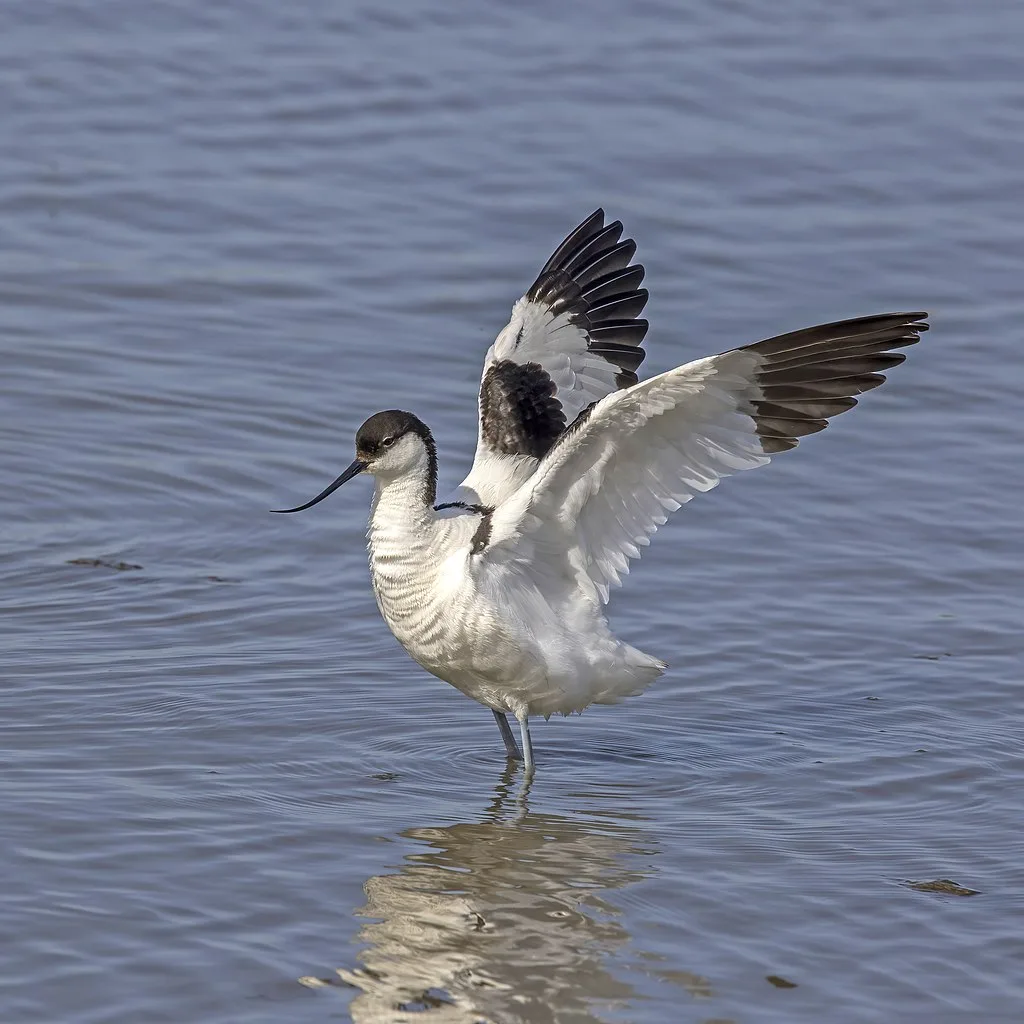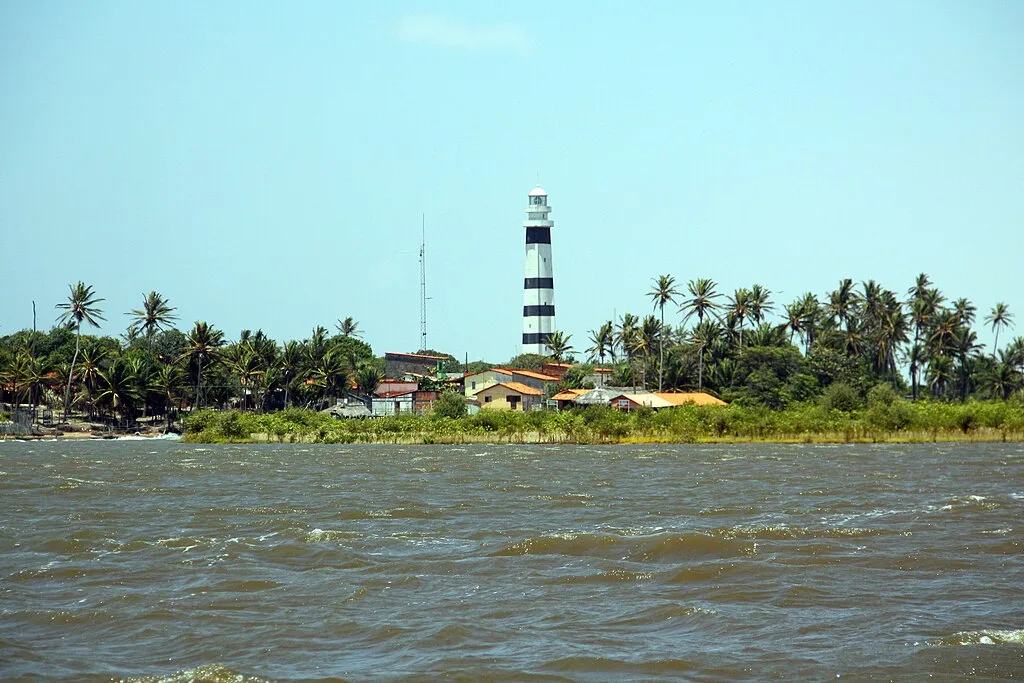Close your eyes and imagine a place where vast wetlands stretch beyond the horizon, where the sky is painted with the graceful flight of countless birds, and where each step brings you closer to the heart of nature’s remarkable spectacle. Welcome to the Pulicat Lake Bird Sanctuary, a haven for bird photography enthusiasts and a sanctuary for nature lovers like me.
Unveiling the Charms of Pulicat Lake Bird Sanctuary

Nestled on the border of Andhra Pradesh and Tamil Nadu, Pulicat Lake Bird Sanctuary is a sprawling wetland paradise that covers approximately 481 square kilometers. This sanctuary stands as a living testament to the harmony between vibrant birdlife and pristine wetlands. What sets Pulicat Lake apart is its unique location—a coastal lagoon that serves as a vital rest stop for migratory birds on the East Coast Flyway.
Pulicat Lake is not just a sanctuary; it’s a sanctuary with history. Established in 1980, this landscape was designated a protected area to conserve its rich avian diversity and natural beauty. The seamless blend of brackish water, mudflats, and mangrove forests creates an ideal habitat for a myriad of bird species. The sanctuary’s tranquility offers bird photographers a canvas to capture the mesmerizing avian world.
Flora and Fauna at Pulicat Lake Bird Sanctuary

As you step into Pulicat Lake, you’ll be enveloped in the serenity of wetlands and the harmonious symphony of bird calls. The sanctuary’s diverse ecosystems, from mudflats to salt pans and mangrove swamps, provide a picturesque backdrop for your bird photography.
Now, let’s turn our attention to the true stars of the show—the birds. Pulicat Lake boasts an impressive array of avian residents. The Greater Flamingo, with its elegant stature and vibrant pink plumage, is a common sight, often seen wading through the shallow waters in search of food. The Painted Stork, with its striking black and white wings, adds a touch of artistry to the sanctuary.
Pulicat Lake’s mudflats and mangrove forests are also home to other remarkable avian species. The Pied Avocet, with its upturned bill, and the Osprey, with its powerful presence, can be spotted hunting for prey, offering excellent opportunities for photographers.
Endemic and Migratory Avian Marvels

Pulicat Lake’s allure lies in its ability to host both endemic and migratory birds. The sanctuary is home to several endemic species, including the Indian Cormorant, the Spot-billed Pelican, and the Streak-throated Swallow. These birds can be spotted throughout the year, making Pulicat Lake a rewarding birding destination at any time.
However, for an extraordinary bird photography experience, plan your visit during the migratory season, which typically spans from November to March. This is when Pulicat Lake becomes a bustling hub for migratory birds from as far as Siberia, Central Asia, and Northern Europe. Keep your camera ready to capture the mesmerizing sight of Eurasian Wigeons, Grey Plovers, and various shorebirds as they grace the serene wetlands.
Planning Your Birding Expedition at Pulicat Lake Bird Sanctuary
So, you’ve decided to embark on a bird photography journey to Pulicat Lake? Here’s a roadmap to ensure you make the most of your visit:
Local Expertise
While exploring the sanctuary on your own is an adventure in itself, consider enlisting the guidance of a local naturalist or guide. They possess invaluable insights into the habits and habitats of the birds, increasing your chances of spotting even the most elusive species. Guides familiar with Pulicat Lake’s avian residents are available near the sanctuary entrance.
Local guides not only enhance your bird photography—they offer a deeper understanding of the sanctuary’s ecology and its role in bird conservation. Their expertise adds depth to your birdwatching experience.
Accommodations
For an immersive birding experience, consider staying in nearby towns like Pulicat or Sullurpeta. These towns offer a range of accommodations to suit different budgets and provide convenient access to Pulicat Lake. Staying nearby allows you to maximize your birdwatching opportunities and experience the tranquility of the sanctuary.
Ideal Time to Visit
The best time to visit Pulicat Lake for bird photography largely depends on your preferences. If you’re eager to witness the bustling activity of migratory birds, plan your trip between November and March. During this period, the sanctuary becomes a vibrant hub of avian activity.
However, if you prefer a quieter atmosphere and wish to observe resident species, other months also offer rewarding birdwatching experiences. From June to September, the monsoon season transforms the sanctuary into a lush green paradise, with several bird species engaged in breeding activities.
Getting There
Accessing Pulicat Lake is relatively straightforward. If you’re traveling from Chennai, Tamil Nadu, it’s approximately a 2 to 3-hour drive to reach the sanctuary. The journey takes you through scenic coastal landscapes.
Beyond Birdwatching
While Pulicat Lake is primarily known for its avian population, there’s more to explore:
Boat Rides

Embark on boat rides through the sanctuary to get up close and personal with the wetland ecosystems. Boat tours offer unique perspectives for bird photography and a chance to explore the heart of Pulicat Lake.
Visit the Pulicat Lighthouse

Take a trip to the historic Pulicat Lighthouse, which offers panoramic views of the sanctuary and the Bay of Bengal. The lighthouse provides a different vantage point for capturing the beauty of Pulicat Lake.
Explore the Fishing Villages
Venture into the nearby fishing villages to experience the local way of life and savor fresh seafood delicacies.
Tips and Techniques
Before you set off on your bird photography adventure to Pulicat Lake, here are some valuable tips to make the most of your experience:
- Equipment: Ensure you have a telephoto lens with a focal length of at least 300mm to capture distant birds. Carry extra memory cards and batteries to avoid missing a perfect shot.
- Silence and Stealth: Birds are sensitive to noise and movement. Maintain a low profile and move quietly to avoid disturbing them. Quick and sudden movements can startle the birds, causing them to fly away.
- Patience: Bird photography often requires waiting for the perfect moment. Be patient, observant, and ready to seize the opportunity. Bird behavior can be unpredictable, so stay prepared.
- Respect Nature: Adhere to the sanctuary rules and guidelines to ensure the well-being of the birds and their habitats. Avoid littering, feeding the birds, or getting too close to their nesting sites.
In conclusion, Pulicat Lake Bird Sanctuary is a living testament to the wondrous mosaic of avian life that graces its serene shores. It is a sanctuary where the delicate dance of nature unfolds, where migratory and resident birds find solace in the tranquil wetlands.
As visitors, we are granted a rare opportunity to witness this magnificent spectacle and to be humbled by the intricate balance of life in this fragile ecosystem. Pulicat Lake serves as a poignant reminder of our shared responsibility to protect and preserve such invaluable habitats, ensuring that the melodies of its feathered inhabitants continue to grace the skies and inspire generations to come.
